How Artists Have Changed My Art
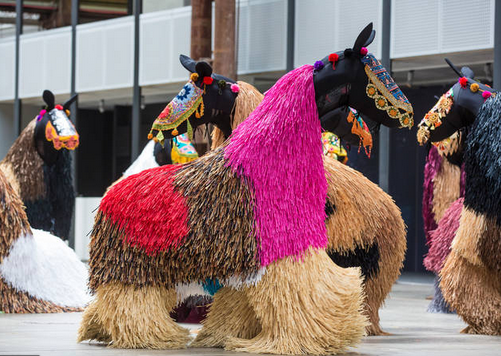
I don’t know about you, but I have seen art that has changed my life. Pre-pandemic, I had this experience numerous times. On one unforgettable day in 2012, I walked into the Brooklyn Museum to see the El Anatsui Gravity and Grace retrospective and the monumental scale, the beauty, the materials and the meaning just […]
What advice do you wish you had gotten when you were younger?

Art is Important! I’m trying to imagine a younger artist sitting in front of me and what I would tell her. For starters, I would tell her that making art is important. Most of the people in your life will think it’s frivolous but it’s not. Looking at art and considering its meaning has changed […]
Eszter Bornemisza
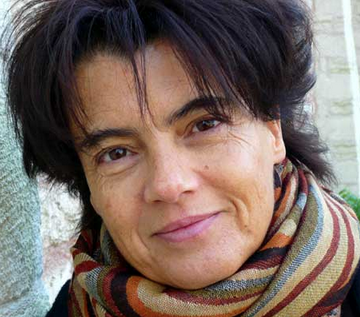
Sometimes I like an artist’s work because it gives me new ideas, allows me to see things in a different way or just inspires me. I have loved the Hungarian artist Eszter Bornemisza’s contemporary fiber artwork for years. I find her work beautiful and elegant despite the torn, worn materials that she uses. There are […]
A Day at the Milwaukee Art Museum

One of the fun things about exploring new cities is seeing their art museums. We had one day in wonderful Milwaukee where we sampled their best coffee, the Domes at Mitchell Park, the Harley Davidson Museum and the architecturally amazing Milwaukee Art Museum.
Solidary/Solitary Exhibition
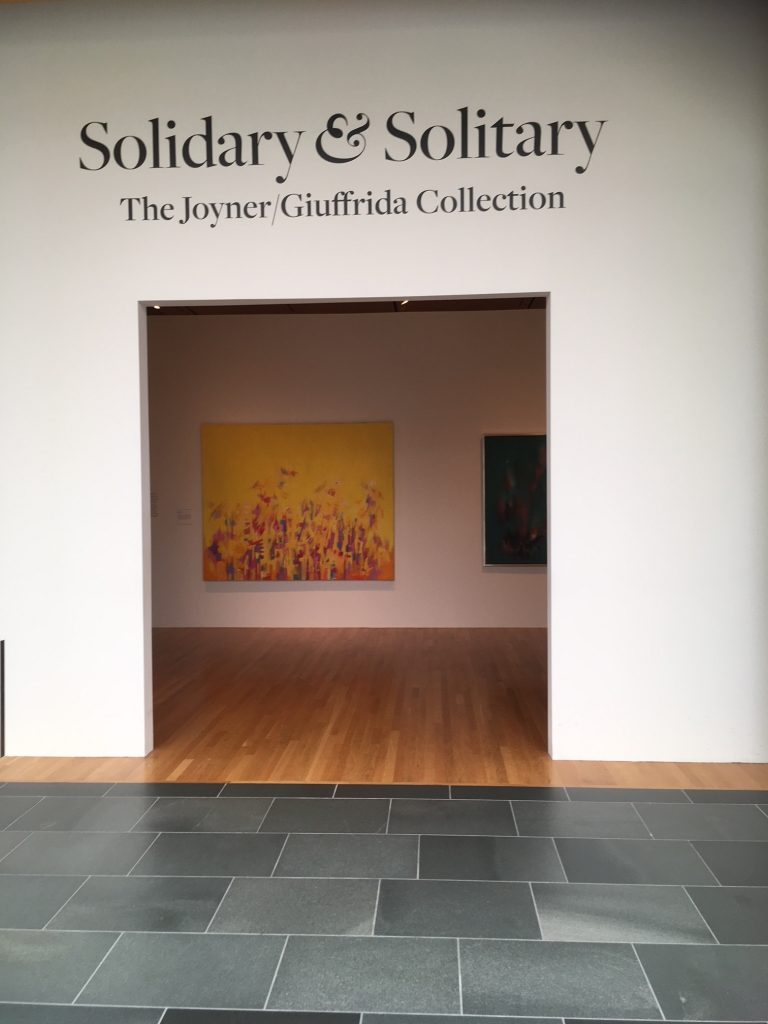
Every artist dreams of being in a major collection and this exhibition at the Nasher Museum is an excellent example of how powerful collecting can be for the artists and for the public.
Solidary & Solitary: The Joyner/Giuffrida Collection focuses on abstract African-American artists from 1940s to the present.
Lynda Benglis
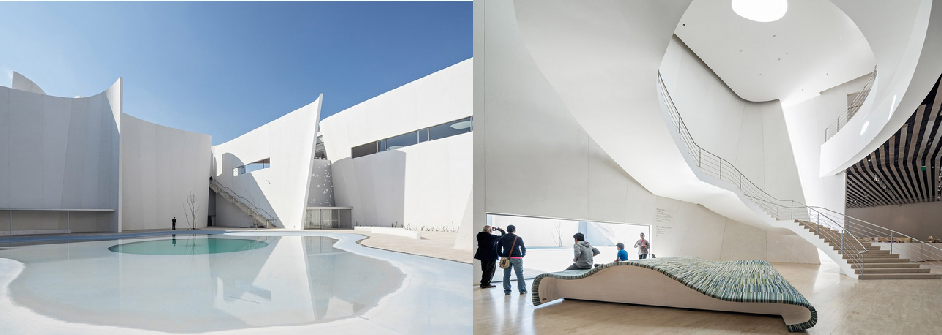
For years, I have followed and enjoyed the fluid, voluptuous, abstract sculptures of Lynda Benglis. In the summer of 2016, I visited the new Museum of the Baroque/Museo Internacional del Barroco in Puebla, Mexico wanting to see the soaring design by the famous Japanese Architect Toyo Ito. Imagine my surprise as I walked into the contemporary wing and encountered a spectacular show by Lynda Benglis!
Japanese Bamboo Art

I went to the Metropolitan Museum of Art just to see this exhibition, a collection of Japanese bamboo objects from the Abbey Collection. The show included a wide range of traditional basket forms as well as current work made by six artists designated Living National Treasures, who all evolved from bamboo lineages dating back to the nineteenth century.
Magnetic Fields
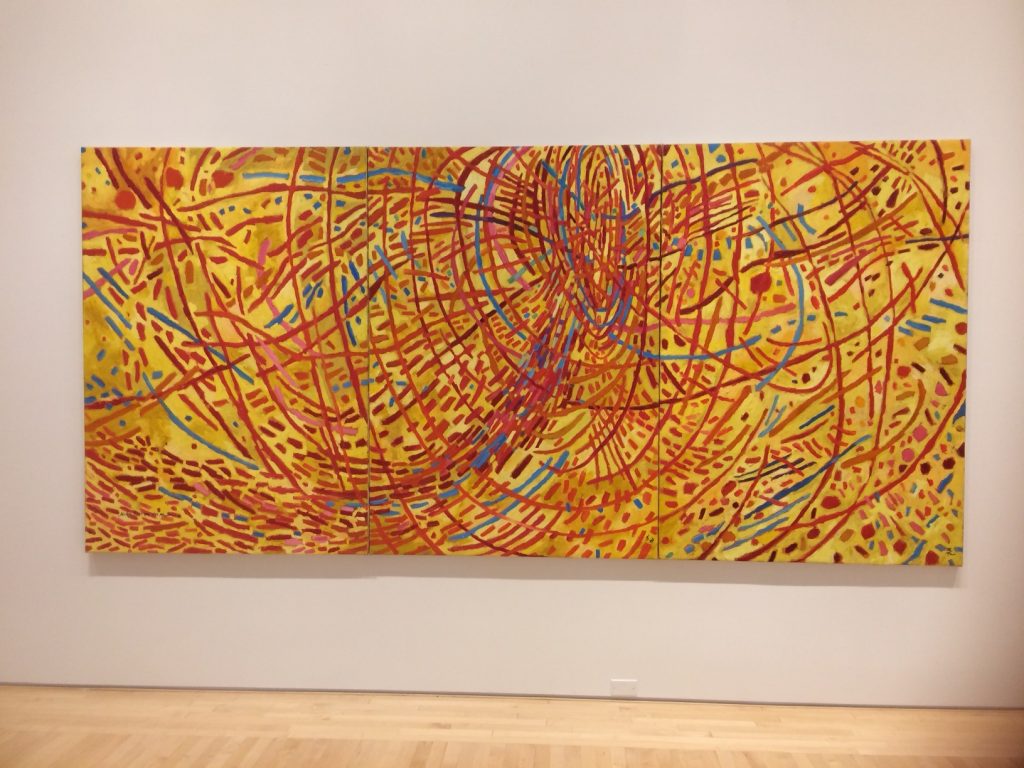
Whenever I travel, I try to tuck in visits to galleries and museums that nourish me creatively. While we were visiting family this summer, we hopped across the US starting in California, then Missouri and finally in North Carolina. I caught a gem of a show in Kansas city while we were visiting my friend and colleague Catherine Armbrust.
Naomi Wanjiku Gakunga
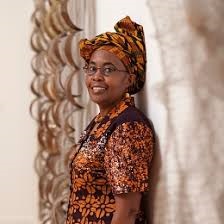
Long before I met Naomi, I followed her work because she has an uncanny ability to meld the unforgiving hardness of metal with the lyrical softness of thread.
Naomi’s work using weathered sheet metal and crocheted wire thread are autobiographical in the sense that they reflect all of Naomi’s personal history.
El Anatsui

I will be blogging periodically about artists whose work influences mine and why. I’m starting with the Ghanian artist El Anatsui who works in Nsukka, Nigeria. Now internationally reknown, he creates massive wall hung pieces and installations from thousands of bits of recycled metal tied together with copper wire. His work defies categorization and lives […]
